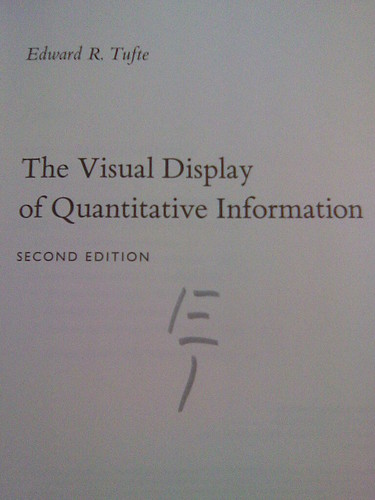After I finished college I went to D.C. to a policy school for a professional master's degree and to work. (because all Master's in policy students usually work while in school). Over the next four years I worked for a legislature, a non-profit, a government agency and at a government contractor. I did this as a quantitative analyst and as a logistician. And it was fun. I worked on environmental studies and projects that were at the cutting edge of applied economics and modeling. There is work I did that I could see in the news over a decade later as they came to fruition or the issues they addressed began to be considered by commercial enterprises. I had few projects that were routine. There was always the sense that you were developing something new, and while there may be ways to do that, what you would find along the way was not always obvious in foresight.
But I also realized that the only reason I was working on these projects was because of my boss(es) along the way. And this is not what work would always be like. Looking ahead, I realize that there were really two ways to have a career doing new things like this. One was to work for twenty years and establish yourself at the top of your field (like my last boss). The other was to get a Ph.D.
And this was the value of the Ph.D. Not the knowledge gained along the way, but the opportunities to work on things that were new and hard. At one meeting with non-researchers I've explained I do not want to be working on problems unless someone else has examined it and failed to find a resolution. And at this time, I can say I have this. Will this continue? As a non-tenure track academic I have a good place working on difficult applied problems, where there are both technical and social issues that need to be solved (as I've commented to one doctor, if the social issue is what is preventing the situation from being resolved, it is an issue that needs to be solved.) Is there a place long term for this? One of the criticism of academia is that it focuses on problems that are theoretically hard rather then hard in practice, even when the reason it is hard in practice is because of the lack of development in theory. In Operations Research, there is pride in working on hard problems, but the definition of hard is based on the technical difficulty of the math, while I tend to use the definition that smart and talented people have tried and failed as my benchmark. Whether there is a place for that remains to be seen.
